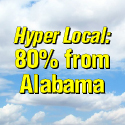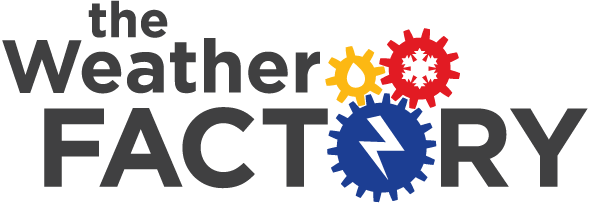Final Installment…National Severe Weather Workshop Notes
More notes from the National Severe Weather Workshop…
…Aaron Sutula from the NWS Western Region is in charge of the Interactive NWS text alert system. We started promoting this experimental service last spring. The Weather Service is not accepting any new users from the general public, limiting new sign ups to government affiliated emergency planning officials, media and core partners. Lots of new features will be coming soon, including changes in river gauges, ability to browse watch and warning data, storm reports and photos. I did not know there is a delay in sending out the data currently (about four minutes). This will be going away soon.
…Skywarn training will be moving into the 21st century with centralized registration/database management and online training. There will be standardization of learning objectives. Classroom training will still remain a big part of the program. Skywarn.org will support social networking. The new programs will be in place by October of this year. Tanja Fransen, the Warnings Coordination Meteorologist at the NWS Glasgow, MT will be on WeatherBrains later this summer to talk about the program. Did you know that there are 485,000 trained SKYWARN spotters in the system now?
…Dan Miller, the Science Operations Officer from the NWS Duluth talked about the vulnerability of casinos to severe weather. Many are in remote areas, have poor cell coverage, by their nature don’t promote awareness of what is going on outside their buildings and have a high level of older, less mobile patrons. Throw in building design with wide span roofs over expansive gaming floors and no windows, and you have a potential for disaster. Andy Bailey from the NWS Kansas City will appear on a future WeatherBrains show to talk about this issue.
…Lou Wicker from NSSL will also be on a future show, after VORTEX2 that is. He went over the 2009 results and talked about plans for 2010. He is most excited about the ramifications of storm scale numerical weather prediction that will assimilate observational data into high resolution, small area models that run out to an hour or so and predict where storms will form, where they will move and which ones pose the greatest threat for severe weather. This will allow for warn on forecast within the decade. Please check out my weather history tweets.
…Sheldon Drobot from UCAR says that by 2020, 90 million vehicles will be transmitting data from roads and highways back to a network that can tell drivers about parking places, traffic, gas prices, road conditions and weather. He is greatly concerned about icy road fatalities in the U.S. He also believes that the problem cannot be handled with text warnings. He believes that real time video data displays that warn drivers and fleets are what we will see instead.
…Paul Schlatter from the Warning Decision Training Branch reports that the Norman radar has been upgraded to Dual Pol and is providing test data. This retrofit of the existing 88D radar network will allow for far better precipitation estimates, detection of precipitation type, better hail estimates and lead times on developing hail. It will give forecasters another tool in spotting tornadoes through debris signatures.
Follow my weather history tweets…I am wxhistorian @ twitter.com.
Category: Uncategorized















